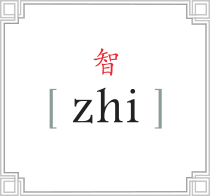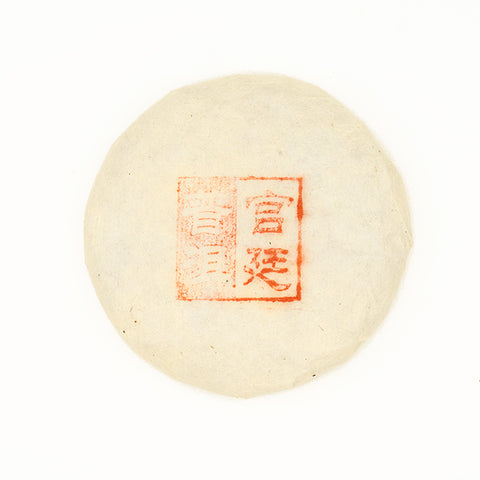Gong Ting Ripe Puer Cake 100g 2012
Menghai Gong Ting "Palace Ripe" puer tea from 2012. A gong ting puer is so-named due to the fact that it contains mostly buds and as such is a prized tea with incredible drinking properties. This tea is no exception! Nice and thick in the mouth, balanced sweetness, and super clean energy.
These Gong Ting ripe puer tea cakes were made by Langhe Tea Factory, a veteran factory that is famous for making ripe puer in Menghai using a shorter piling (about 40-45 days) to allow for some sheng properties to remain. This tea will produce an infusion with a pleasant scent like sun-dried Chinese dates. The flavor is sweet and mildly fruity.
Call us at 512-220-3839 for rare puer cakes, bricks, and mao cha. We have many in stash we are aging and selling to our hardcore puer fans. Some of these teas we get from Yunnan ourselves when we travel there.
AKA Pu-er, Pu-erh
Preparation Methods:
Gaiwan or Yi Xing Pot: (recommended)
Put 5-7g or 2-3 tsp puer into heated vessel.
Heat vessel, cups. Add tea to vessel. Pour 200 degree water into vessel. Do a quick 5 second brew, discard. Brew for 20 seconds for the first brewing, 10 for second, add about five seconds for each subsequent brewing.
Western Style:
One heaping tsp per 12 oz cup, or one Tbsp per 24 oz pot
205 degree water
Steep for 2-3 minutes or to taste. Should be steeped multiple times
Water: 208°F | Leaves: 1 tsp per 6 ounce cup | Infusion Time: 3-4 minutes
Basic Steeping Tips
- Use filtered or spring water, whenever possible
- Don’t overboil water
- Remove leaves after recommended time (adjust to taste)
- If you want stronger tea, use more leaves instead of steeping for a longer time
Leaves can be resteeped 2-3 times resulting in various flavor differences. Don’t throw out those leaves until they have given it all up!
Discover the mysterious tea with the unique flavor and numerous health benefits.
Traditionally puer is steeped for very short times (with larger volumes of leaves) and up to 10 steepings is common!
See what works for you...Explore the world of Pu-erh.
Puer is one of the oldest types of tea in China with a history of over 1700 years, tracing back to the Eastern Han Dynasty. During its height of popularity, the tea was freely traded even used as money for the bartering of goods. Pu-erh gets its name from the city of Pu-erh in south-western China where the trade for Pu-erh was conducted. Not far from Pu-erh are the areas of Xishuangbanna and Simou, where cultivation and processing of the tea is carried out today.
Pu-erh tea is well-known for its ability to undergo a post-fermentation process designed for further aging, similar to wine. The aging process allows the tea to develop added complexity in character. With active microbes living within the tea, pu-erh evolves with each passing year. This is the most fermented tea in China. It is traditionally compressed and packed into tea cakes or bricks to age, which originated from the natural aging process that happened in the storerooms of tea drinkers and merchants, as well as on horseback caravans on the Silk Road. This method eased horseback transportation and reduced the damage to the tea.






